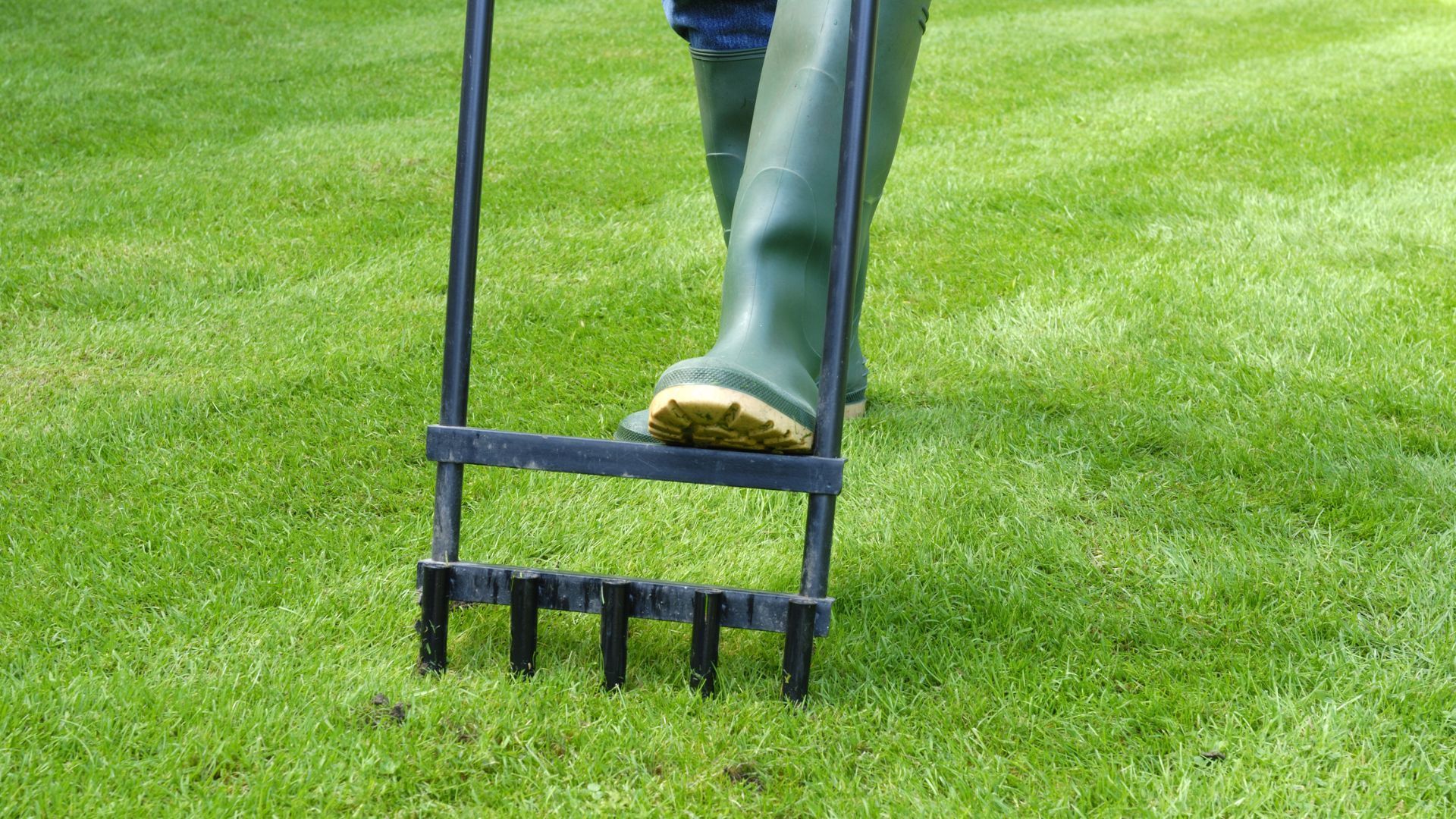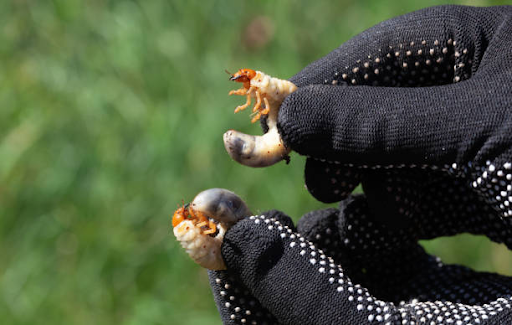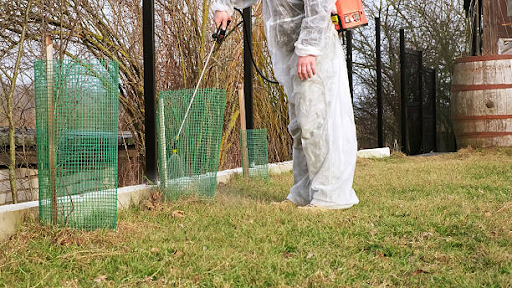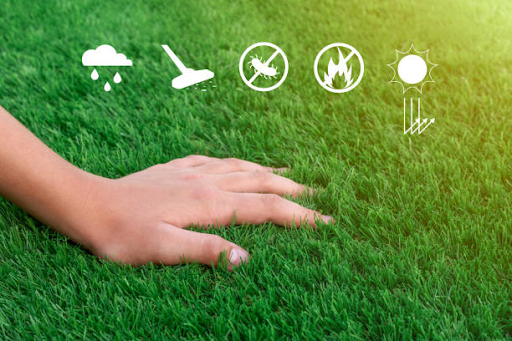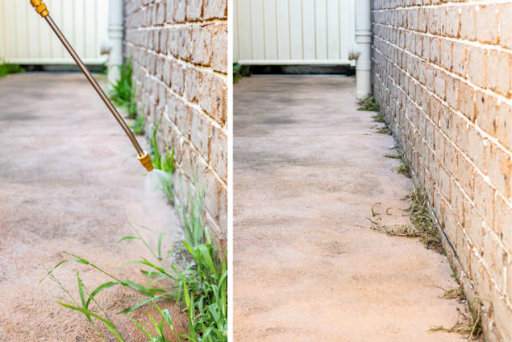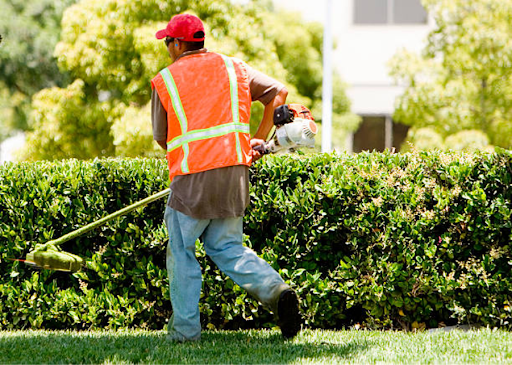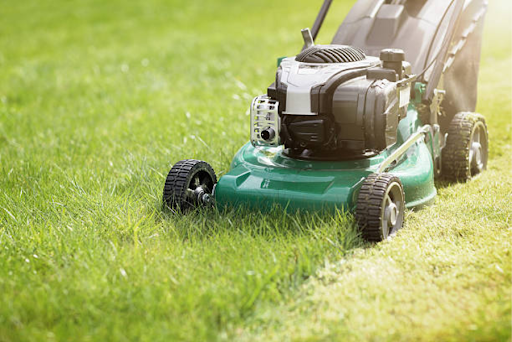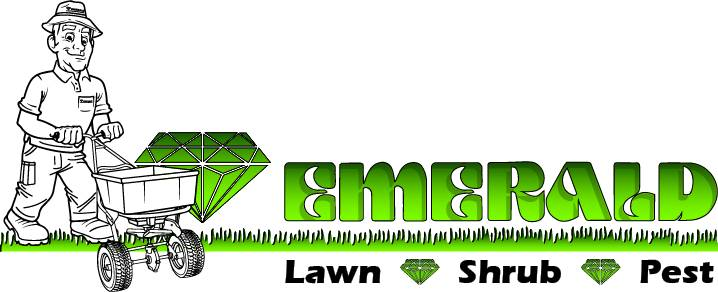Emerald Lawn-Scapes P.O. Box 174 Boonton, NJ 07005-1752
What Are the Year‑Round Steps in Your Custom Lawn Care Calendar?
Discover a comprehensive, season-by-season lawn care blueprint designed for Boonton, NJ homeowners. From spring green-up to winter protection, our customized calendar helps your yard thrive year-round.
Why Seasonal Lawn Care Matters in New Jersey 🌱
- Four-season climate in Northern NJ brings unique challenges—from hot, dry summers to cold, moist winters.
- Season-focused care supports
soil health, controls pests, and maintains turf vitality.
- A proactive approach saves money and time by preventing issues before they escalate.
Spring Lawn Care (March – May)
- Power raking & dethatching: Remove winter debris for cleaner growth.
- Pre-emergent weed control (e.g., crabgrass) boosts turf density and eliminates weeds before they start.
- Soil testing & pH correction: Tailor nutrients based on Bridge Program data.
- Overseeding & slit-seeding repair thin areas and improve turf health.
- Early fertilization and surface insect monitoring prevent early stress and pest damage.
Summer Lawn Care (June – August)
- Proper mowing heights reduce heat stress and conserve moisture.
- Smart irrigation: water deeply and less frequently to encourage deep roots.
- Spot weed treatments and continue
grub and insect monitoring.
- Micronutrient applications such as iron and magnesium support lush color.
- Fungus prevention through organic-based treatments from Bridge Program.
Fall Lawn Care (September – November)
- Core aeration & overseeding improve soil compaction and fill bare spots.
- Fall fertilizer with high potassium enhances root health and dormancy prep.
- Broadleaf weed removal keeps the lawn clean and healthy.
- Leaf mulching retains soil moisture and reduces disease.
- Root feeding for trees and shrubs enhances overall landscape resilience.
Winter Lawn Care (December – February)
- Minimal activity required—keep off frozen turf to prevent damage.
- Winterizing tools and equipment ensures readiness for spring.
- Snow mold prevention via timely organic fungicides.
- Pre-spring assessment scheduling helps to transition smoothly.
How Emerald Customizes Lawn Calendars for Boonton
- Our
seasonal service plans leverage soil tests and local climate trends.
- We use our
Organic Bridge Program year-round to nourish soil and grass organically.
- Plans include six to eight visits, with dates tailored to Boonton’s growing season.
Common Seasonal Mistakes to Avoid
- Spring: skipping early weed control
- Summer: mowing too short in heat
- Fall: neglecting aeration
- Winter: walking on frozen lawns
Bonus: Monthly Lawn Care Checklist (Downloadable PDF)
- Quick reminders for mowing, fertilizing, pest checks, and more.
- Custom notes for Northern NJ (e.g., dates for seeding and aeration).
Internal Links
- Lawn Care Services & Bridge Program – covers seasonal care, fertilization, soil testing
- Pest & Grub Control – vital in spring and summer pest season
- Care Tips Blog – connect to regular DIY tips and seasonal reminders
External References
- Rutgers NJAES – Your Lawn and Its Care (FS102): NJ-specific lawn care strategies
- Rutgers NJAES – Fertilizing the Home Lawn (FS633): soil testing, timing, and nutrient applications
- EPA – Greener Landscaping Guide: sustainable, seasonally-appropriate lawn practices
USDA Plant Hardiness Zone Map (NJ): helps align seasonal care timing
FAQs
Why is seasonal lawn care important for lawns in Boonton, NJ?
Seasonal care addresses Boonton’s four-season climate, helping maintain soil health, control pests, and support turf vitality year-round—saving time and preventing costly damage.
How does Emerald customize lawn care plans for Boonton homeowners?
Emerald uses soil tests, local climate data, and the Organic Bridge Program to tailor 6-8 visits annually, ensuring optimal nutrient application and treatments aligned with Boonton’s growing season.
What common lawn care mistakes should Boonton residents avoid each season?
Avoid skipping early spring weed control, mowing too short in summer heat, neglecting fall aeration, and walking on frozen winter lawns to keep your yard healthy all year.
